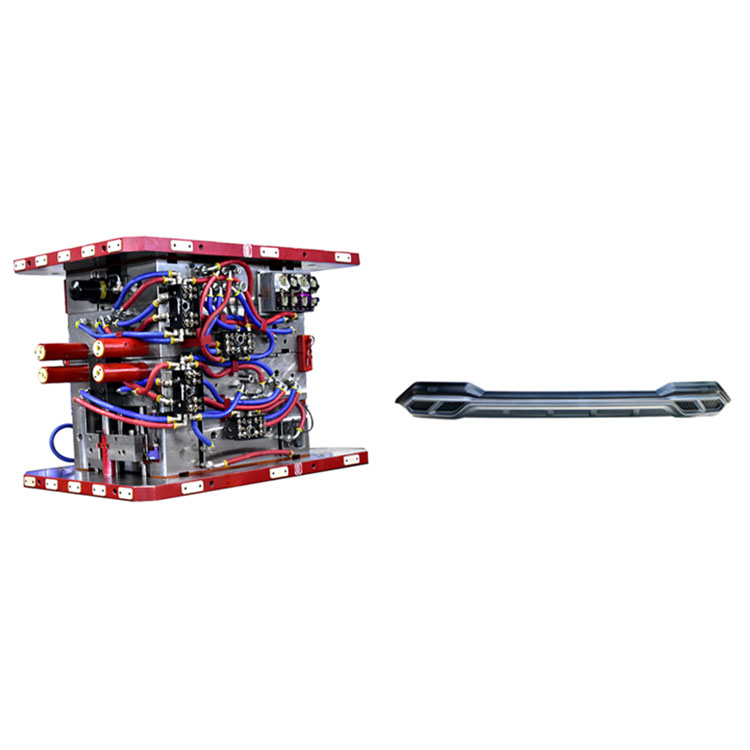Key aspects involved in the injection molding process for auto bumper components
2023-12-15
Designing and manufacturing injection molds for automotive bumpers is a specialized process that involves several key considerations to ensure strength, impact resistance, aesthetic appeal, and efficient production. Here are the key aspects involved in the injection molding process for auto bumper components:
1. Material Selection:
- Bumpers are often made from high-impact, durable materials such as polypropylene (PP) or thermoplastic olefins (TPO). The choice of material depends on factors like impact resistance, weight, and cost.
2. Bumper Design:
- Consider the design requirements for the bumper, including its shape, size, and any integrated features such as grilles, sensors, or fog light openings.
- Optimize the design for aerodynamics, impact absorption, and pedestrian safety standards.
3. Impact Resistance and Durability:
- Ensure the bumper design and material selection provide sufficient impact resistance to protect the vehicle and occupants in the event of a collision.
- Design features such as energy-absorbing structures to enhance crashworthiness.
4. Mold Design:
- Design the mold to accommodate the complex geometry of the bumper, including any undercuts or intricate details.
- Consider using multi-cavity molds for higher production efficiency.
5. Quality and Aesthetics:
- Achieve a high-quality surface finish to enhance the aesthetic appeal of the bumper.
- Implement proper venting and gating systems to minimize the risk of defects like warping, sink marks, or air traps.
6. Tolerance and Fitment:
- Ensure tight tolerances to guarantee proper fitment and alignment with other vehicle components.
- Consider features in the mold that facilitate the integration of mounting points, attachment brackets, and other assembly requirements.
7. Injection Molding Machine and Process:
- Choose an injection molding machine with sufficient tonnage to handle the size and complexity of bumper molds.
- Optimize injection parameters, including temperature, pressure, and cooling times, to achieve consistent results.
8. Tooling and Maintenance:
- Regularly maintain the mold to ensure longevity and consistent quality.
- Implement a robust maintenance schedule to address wear and tear and prevent production disruptions.
9. Regulatory Compliance:
- Ensure that the materials used and the manufacturing process comply with automotive industry standards and safety regulations for bumpers.
10. Automation and Efficiency:
- Implement automation where possible to improve efficiency and consistency in the production process. This can include automated part removal, inspection, and packaging.
11. Testing and Validation:
- Conduct rigorous testing to validate the bumper's performance under various conditions, including impact tests, durability tests, and environmental exposure.
By addressing these considerations, manufacturers can produce high-quality automotive bumpers through the injection molding process, meeting the stringent requirements of the automotive industry. Collaboration between design, engineering, and manufacturing teams is crucial for successful bumper production.



